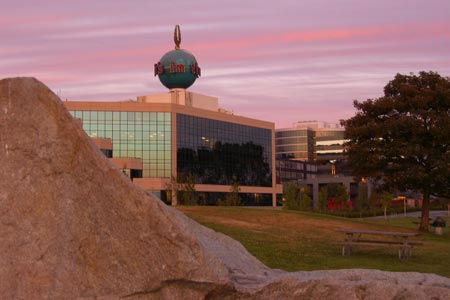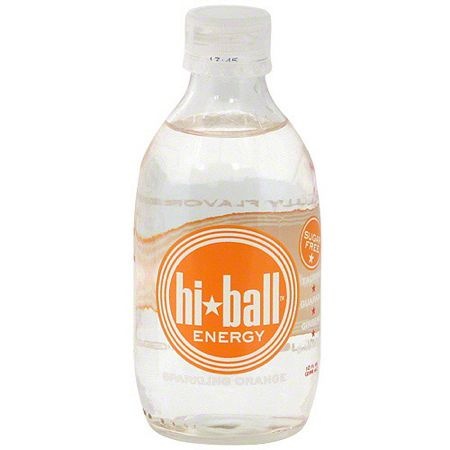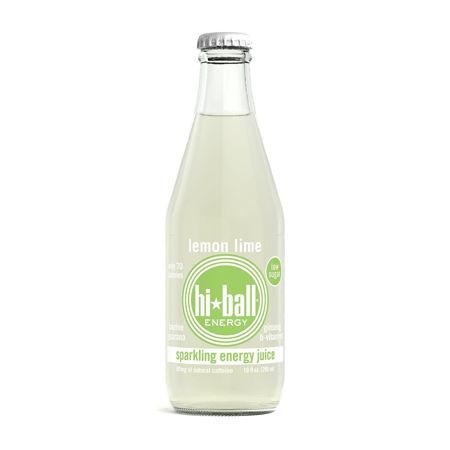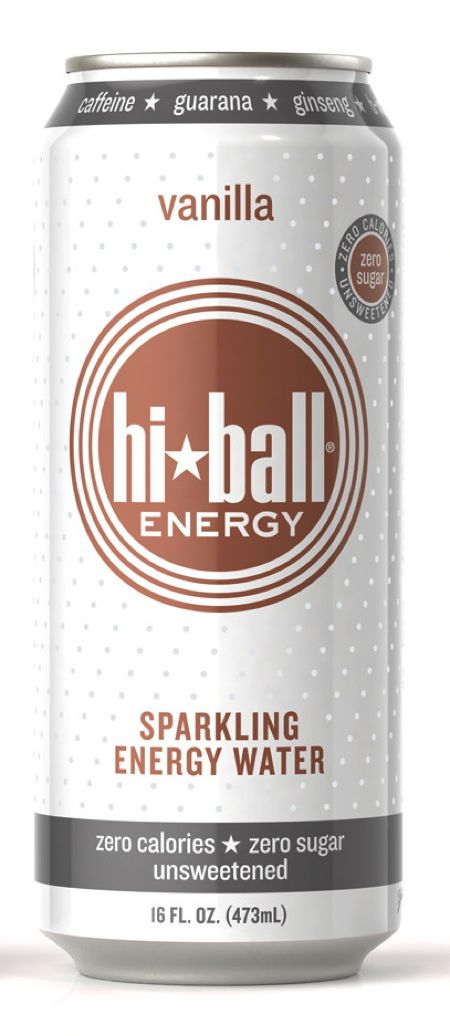Combine: A Design Studio and Venture Fund in One
Today, a couple of friends of mine, Soleio Cuervo and Adam Michela, took the wraps off of their new design studio/venture fund Combine. I almost never make announcements about investments because I’m not much of an investor, other than boring municipal bonds and index funds, but I’m really excited about this for one reason:
Design, as a discipline, is very often brought into startups only when founders feel like they can no longer do without it. We are still at a point in our industry where those who have never worked with a great product designer before believe design is there to animate things, or make decks look shiny, or write blog posts about the geometry of a new logo.
The cascading effects of this sort of thinking are many. Products don’t end up evolving as quickly as they otherwise could. Design, as an industry, continues to struggle with uneven perceptions and expectations. And finally, designers themselves end up with very little equity in the companies they join because they didn’t join early enough.
There are a lot of ways that compensation in the tech world needs to change, but speaking from my own experience only, the clearest line between who makes life-changing money at a company and who does not comes down to when you started and at what level (the “when” part being more important usually). The difference between being a day zero founder and a day one employee is significant. The difference between being hired the day before a Series B round and the day after is significant. The difference between being hired the day before an IPO and the day after is significant. We are talking about, in many cases, one day or one week or one month being the difference between never having to work again when you’re done and barely even noticing a difference in your life.
Is getting in early just being “lucky?” Sure, to a point. But I would argue it’s hitching your horse to the right wagon that is the lucky part. Getting companies to value design and designers at the very earliest stages of product and company development is something we can change if we put some effort into it, and that is the part of Combine that I am most excited about.
If Adam and Soleio’s vision of assembling the best established and emerging designers in the world and helping place them inside of well-funded, early stage companies pans out, we will benefit from both better designed products and more designers who share financially in the success of what they help create. That is something I am happy to be a very small part of.
I am not a spokesperson for Combine, so any questions you might have should be directed towards Soleio or Adam. Actually, I can answer one question: it’s pronounced COM-bine. Anyway, if you are a designer or researcher interested in finding out more about the program, I encourage you to get involved. If this sort of thing was around ten years ago, I would have jumped in head first.
(This post also available on Medium.)
How To Ask for the Truth
“I’m really sorry to hear you are leaving. I wish I would have known you were unhappy.”
Every leader who has been around long enough has probably had a conversation like this after one of their team members resigns.
In an ideal world, people are open about every problem they face in the workplace, but great leaders know that we don’t live in an ideal world. There are a lot of reasons you won’t always know what might be brewing inside your team. People can be shy. People can be afraid of confrontation or retribution. People can blindly obey power structures because that’s how they’ve been taught. People can feel like “telling on someone” is disloyal.
A trip to the dentist’s office (!) yesterday reminded me how important the concept of proactively asking for the truth is.
Shipping vs. Learning
“What did you ship last quarter?”
“When is this going to ship?”
“Real artists ship.”
The verb “ship” has a long history in the software development world and before that, the physical world. In the physical world, it originally meant “to transport something on a vessel”, and in the software world, it meant “to press a tape/disk/CD and send it out to consumers”. Since then, it has come to simply mean “release”, and even then, usually not in any sort of final form.
Everyone inside tech companies loves shipping. It’s the culmination of a lot of hard work and creativity from designers, engineers, PMs, researchers, and any number of other people, and when it’s good it puts a dent in the universe. It is no wonder then that so much of the machinery of tech organizations is centered around shipping.
But should it be? Especially given how much shipping itself has changed in the last couple of decades?
Evaluating Employees in Product Design & Development Roles
Results. Metrics. Impact.
When deciding how to evaluate employees, these are often the things companies land on. It makes sense on its face. If a company’s goal is to, say, grow its customer base from X to Y in 12 months, what better way to align employees to that objective than to try and directly measure their contribution towards it? You worked on Project A and it singlehandedly got the company 20% closer to its goal? Congrats, you are judged to be a successful employee and you will likely enjoy everything that goes along with that.
But what if you worked on Project B — not even by choice but because you were assigned it — and it ended up being a failure? Your results were terrible, you didn’t move metrics, and your project had no impact. Then what?
Welcome to the controversial world of employee evaluation in product design & development.
Three Years in San Francisco
I had only been to San Francisco on random business trips and a couple of times with my family when I was very young. It seemed like a place I might live if I had never found Seattle.
It was go-time now though.
A drawn-out dance of interviews over the course of six months resulted in an offer to move down to the City and join Twitter to lead its Design team. My wife and I had never considered leaving Seattle before, but the opportunity to join Doug, Dick, and a few other people I knew designing a product that reached hundreds of millions of people was exactly the sort of thing you drop everything for.
“We can always hightail it back up here the second things go to hell.”
⇗ Deep Learning Is Going to Teach Us All the Lesson of Our Lives: Jobs Are for Machines
On December 2nd, 1942, a team of scientists led by Enrico Fermi came back from lunch and watched as humanity created the first self-sustaining nuclear reaction inside a pile of bricks and wood underneath a football field at the University of Chicago.
We Are Expanding the Design Team at Twitter
First things first: we are expanding the Design Studio at Twitter! A few days ago, I opened 8 new positions, which can be viewed here. If you have fantastic design, production, or research chops and you love Twitter, we’d love to talk to you.
Secondly, below is a not-so-brief update on how things have gone in my first month here.
Working at Twitter is a lot like using Twitter. You have to get comfortable with how much information you miss every day.
— Mike Davidson (@mikeindustries) November 29, 2012
The City
So far, San Francisco has outperformed my already high expectations. It’s an even more enjoyable city to live in than I imagined. The only thing that’s been a bummer is housing selection and pricing. For a 1300 square foot place, I am paying about 2.5-3x what the same place would go for in a nice neighborhood in Seattle; and Seattle isn’t exactly cheap either. I thought I would just have to overpay a little down here in order to get into a decent place, but the reality is that the city is littered with apartments as expensive as $6000 a month that you wouldn’t even want to live in. Thankfully, we got a place on a great block in Noe Valley so at least the neighborhood is perfect for us, but man is it pricey for what it is.
The food in San Francisco has been predictably terrific, and I will just come out and say it: the coffee is better than it is in Seattle. Between Ritual, Philz, Martha’s, and Blue Bottle, just about the only place in Seattle which can compete is Uptown Espresso. That has surprised me a bit. It’s also nice being this close to In-N-Out Burger, which helps (almost) make up for the lack of Skillet down here.
People keep telling me the weather is supposed to turn to shit any day now, but it’s the middle of December and it’s been sunny and mid 60s for most of my time here. I could really get used to this, although I’m sure the summers won’t be nearly as nice as they are in Seattle. I still plan to fly up every couple of weeks during the summer and throughout Husky football season.
I’m Joining Twitter
Over five years and exactly 10,000 tweets ago, when I first tiptoed into the lonely textfield that was Twitter’s “What Are You Doing?” box, I typed the following:
Current thoughts: This could get extremely noisy.
— Mike Davidson (@mikeindustries) December 17, 2006
It was a reaction to many things, good and bad. The ease of publishing messages. The prevalence of insignificant breakfast trivia in the public feed. The lack of any filtering controls. The growing number of my friends becoming instantly addicted to it.
Since then, Twitter has gone from quirky little internet CB radio to exploding social upstart to what I now consider one of the most important information platforms in the world. At its best, Twitter is an international treasure.
As both a user and an information designer, I’ve grown to love Twitter more each year, and so it is with great excitement that I’m happy to announce I have agreed to move down to San Francisco and Join The Flock™ in the newly created position of Vice President, Design.
A Fond Farewell to Newsvine, NBC, and Seattle

The last time I wrote one of these posts, it was 7 years ago and I was getting ready to leave a great job at ESPN to start my own media company, Newsvine.
The concept was simple: license the same content that anchored the majority of most major news sites — specifically the Associated Press newswire — and marry it with original contributions from citizens around the world, all in an editorless environment controlled entirely by the community. Mainstream journalism and citizen journalism would stand shoulder to shoulder on the same stage for the very first time.
It was only the second startup I had been a part of, but the first I had founded and the first I had run as CEO. Together with my four colleagues, Lance Anderson, Mark Budos, Calvin Tang, and Josh Yockey (in alphabetical order) we set off to change journalism and show how lean a news organization could be run if given the right automation, the right strategy, and the right amount of support and passion from the community.
After two quick and productive meetings with Mike Slade and Nick Hanauer of Second Avenue Partners, we closed our Series A, left our jobs, and jumped off the cliff together.
The Deterioration of Hi-Ball Packaging Design
I’ve been a huge fan of Hi-Ball caffeinated mineral water for a few years now. It’s a crisp, light, sweetener-free way to get a little bit of caffeine in your system on a hot day. In addition to the virtues of the product itself, I was initially drawn to this beverage because of its beautiful packaging. Below is what the the bottle looked like when it debuted a few years ago:

A compact, easily resealable 10 ounce bottle with a very reasonable 80mg of caffeine in it.
Then, a couple of years ago, the folks at Hi-Ball decided to change up the bottle design and go with a taller, skinnier variety:

I didn’t have a huge problem with this change, although I was unclear how it qualified as an improvement. If anything, it was worse than the original since it’s much harder to reseal a glass bottle with a metal cap than with a plastic cap. Still, at least it was in that nice, convenient, 10 ounce size with only 80 mg of caffeine.
Fast forward to 2012 though, and Hi-Ball has completely dumped its beautiful glass bottles in favor of gigantic 16 ounce cans. These things are monsters:

Furthermore, the cans have that gimmicky Coors Light feature where parts of it turn blue when it’s cold as the Rockies. You know how else I can tell a beverage is cold enough for me to drink? Because I keep it in my refrigerator.
Hi-Ball is pitching this change as better for its customers since the can holds more beverage, but that’s actually my least favorite part of the entire redesign. I don’t want 16 ounces of energy drink, and I definitely don’t want 160mg of caffeine. And you know what is really hard to reseal? An aluminum can.
People have suggested just drinking a portion of the beverage and then throwing away the rest — which is what I have been doing — but there’s just something unsatisfying about buying more than you want and then dumping the rest down the drain.
It seems clear to me that Hi-Ball is now trying to compete with the Red Bulls and Monster Energies of the world by offering their 16 ounce can, but even those companies offer smaller alternatives.
I find myself buying less and less Hi-Ball now that they’ve forced this super-size on everyone. I wonder if I’m alone or if others are abandoning ship as well.